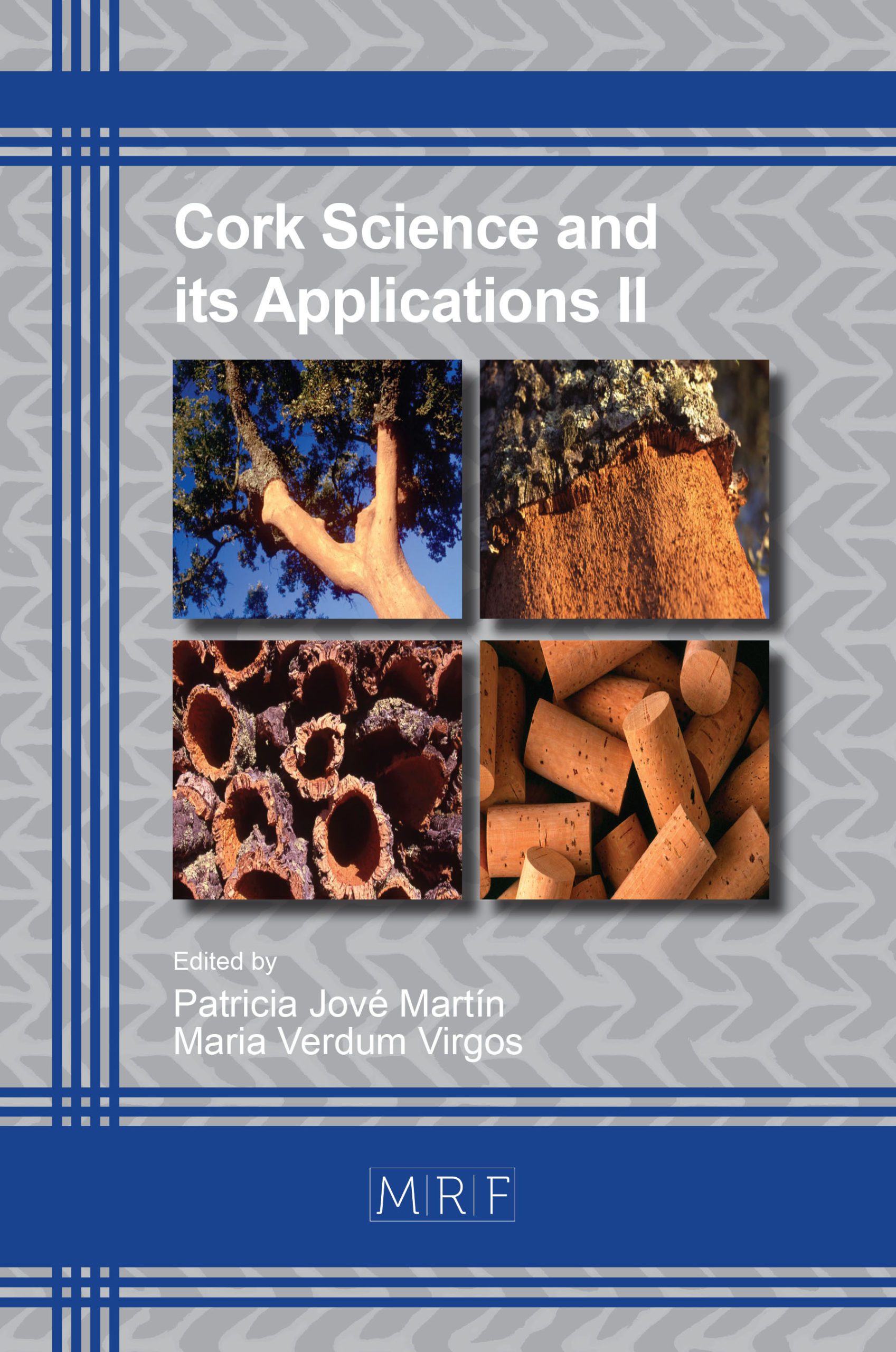Cork: New uses in Architecture
C. Verissimo
Abstract. This research will create greater bring awareness of the potentialities of cork as sustainable material and seek possible new uses of cork materials in architecture. Cork is a natural, recyclable, renewable and non-toxic resource, with strong impact in Mediterranean culture and ecosystems for centuries. This research provides an environment for researchers and architects as well as those in the industry and other interested parties to meet and develop ideas and experiments using cork. The results proved themselves to be beyond expectations.
Published online 9/20/2019, 7 pages
Copyright © 2019 by the author(s)
Published under license by Materials Research Forum LLC., Millersville PA, USA
Citation: C. Verissimo, Cork: New uses in Architecture, Materials Research Proceedings, Vol. 14, pp 13-19, 2019
DOI: http://dx.doi.org/10.21741/9781644900413-3
The article was published as article 3 of the book Cork Science and its Applications II
References
[1] Pereira H., 2007. “Cork: Biology, Production and Uses”. Amesterdam: Elsevier: 26-29, 33 -53. https://doi.org/10.1016/B978-044452967-1/50004-2
[2] Potes, J. & Babo, H. 2003. “Montado” an old system in the new millennium” African Journal of Range & Forage Science, 20 (2): 131-146. https://doi.org/10.2989/10220110309485808
[3] Gil, L., 2007 “Cork as a Building Material. Technical Manual”. Santa Maria de Lamas: APCOR.
[4] Gil L. 2010. “A cortiça, o ambiente e a sustentabilidade” (in Portuguese). Biol. Soc. 10, 13–15
[5] Gil L. 2011. “Environmental, sustainability and ecological aspects of cork products for building”. Sci. Technol. Mater. 23, 87–90
[6] Potes, J. & Babo, H. 2003. “Montado” an old system in the new millennium” African Journal of Range & Forage Science, 20 (2): 131-146. https://doi.org/10.2989/10220110309485808
[7] Santos, C.O., 2000 (in Portuguese) “O Livro da Cortiça”. Ed. Carlos Oliveira Santos/Diglivros. (65-72)
[8] Santos, C. O. & Amorim, A., 2008, “Clusters United by Nature: The World of Wine and Cork”, Amorim Group, 29-32
[9] Muchagato J.; Oliveira Martins A., 2013” Convento of the Capuchos”, Parques de Sintra and Scala Arts & Heritage Publishers,
[10] Pestana, M. e Tinoco, I., 2008 (in Portuguese) “A Indústria e o Comércio da Cortiça em Portugal durante o Século XX”, 1-5
[11] Gil L., Moiteiro C. (2003). “Cork” in Ullmann’s Encyclopedia of Chemical Technology”, 6th Edn. Germany: Wiley-VCH Verlag. https://doi.org/10.1002/14356007.f07_f01
[12] Chebao, F. 2011, (in Portuguese) “Cortiça e Arquitetura”. Euronatura, 51-81































